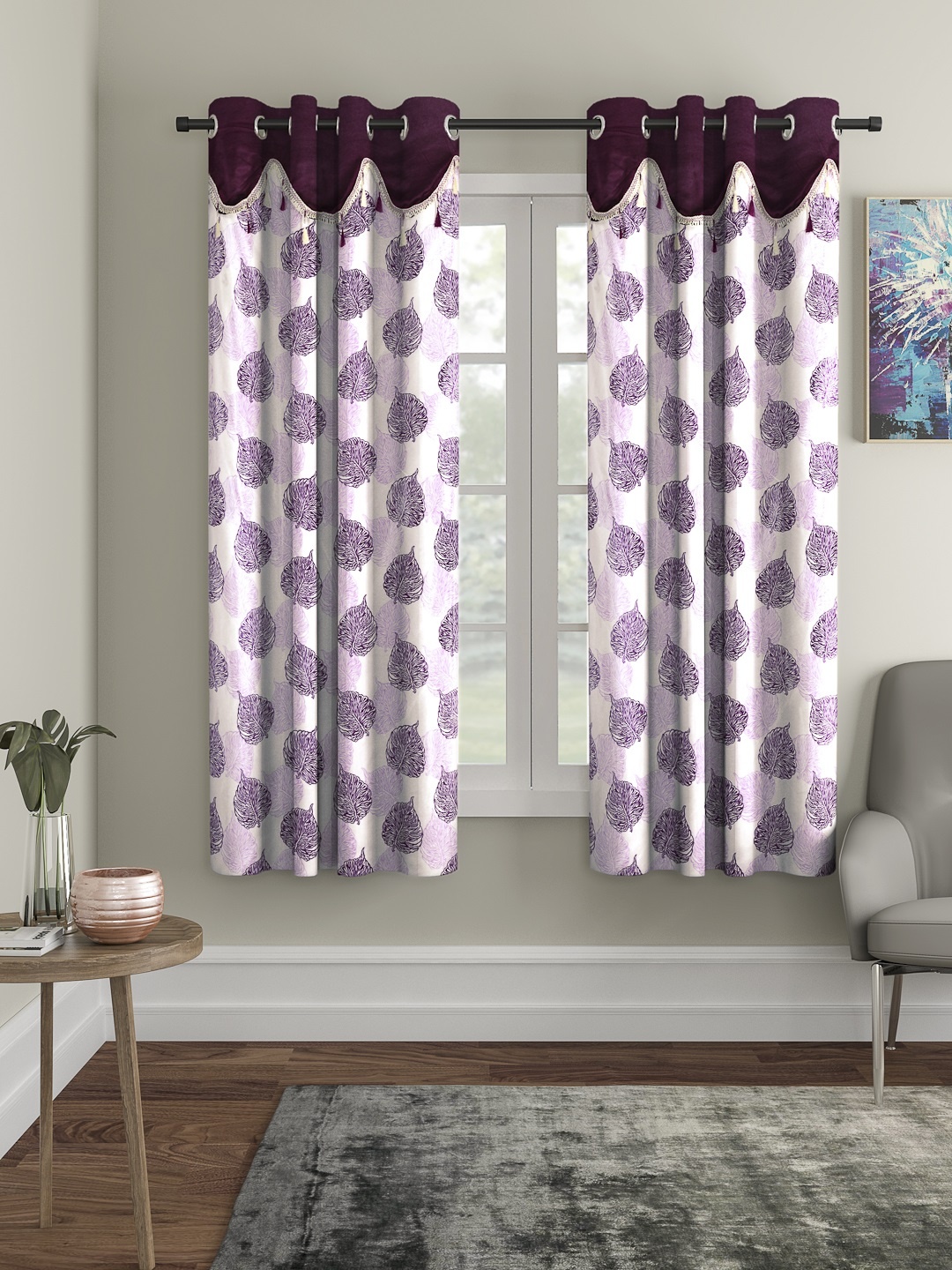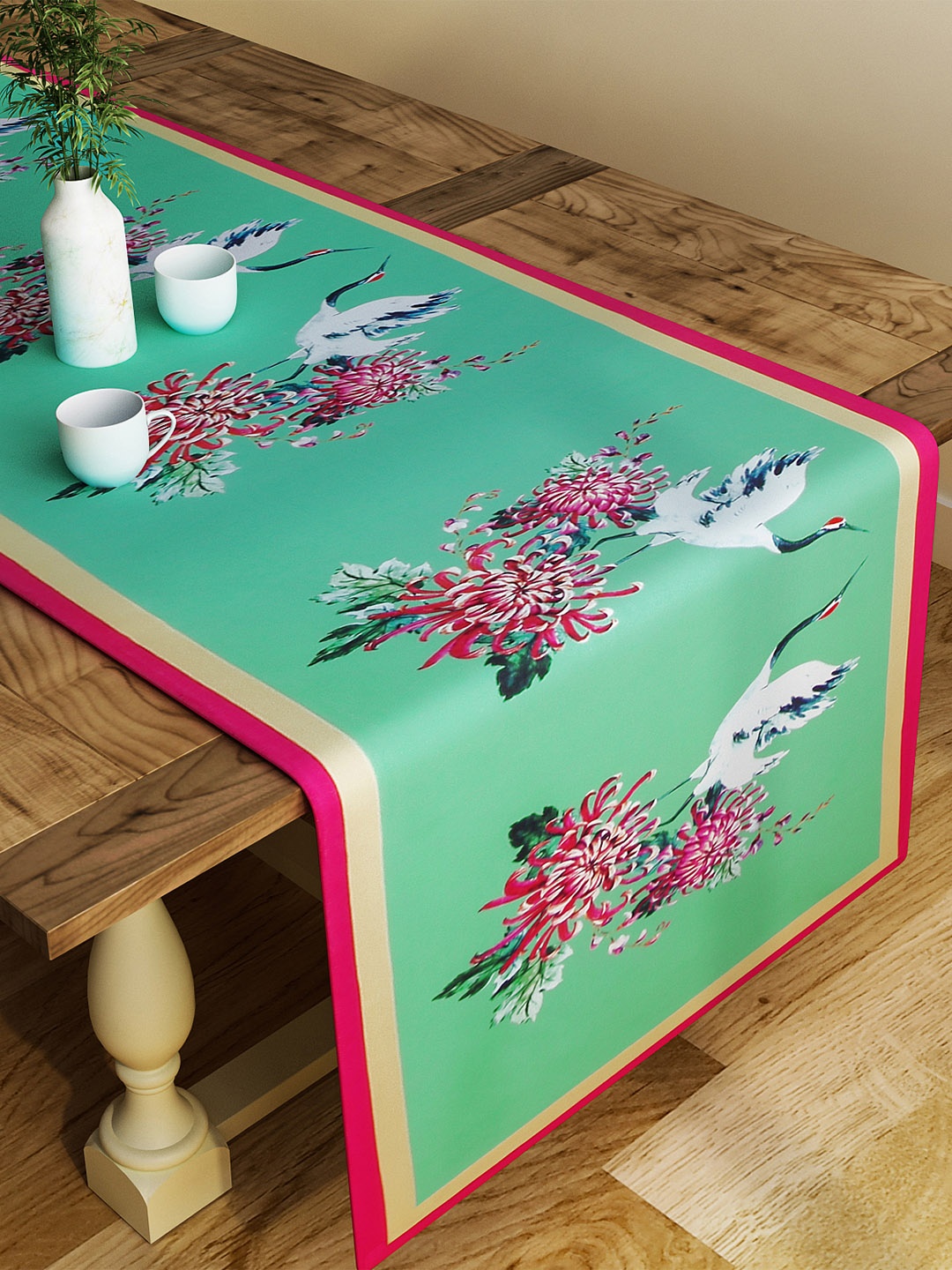Wardrobe Organisation Tips For Shared Closets: Know How To Maximise Storage
Sharing a wardrobe is not just about making space for clothes; it is about making peace with chaos. Whether it is a sibling or partner, learning how to divide, design and declutter a shared closet can transform everyday dressing.

How To Organise A Shared Wardrobe: Clever Storage Hacks For Couples And Roommates.
A shared wardrobe is a true test of patience and practicality. Between juggling two sets of clothes, accessories, and footwear, and still managing to keep everything neat, it often feels like trying to fit an entire supermarket aisle into a small cupboard. The struggle is real, from misplaced scarves to arguments about whose jeans are hanging where. But there's good news: with some clever planning, teamwork, and creativity, even the tiniest cupboard can be turned into a calm, well-organised space that works beautifully for two. Think of it as a mini design challenge, one that's as rewarding as it is satisfying.
Here are smart wardrobe organisation tips for shared closets with clever storage ideas to maximise space, reduce clutter, and keep clothes neat using easy decluttering and arrangement hacks perfect for couples and roommates.
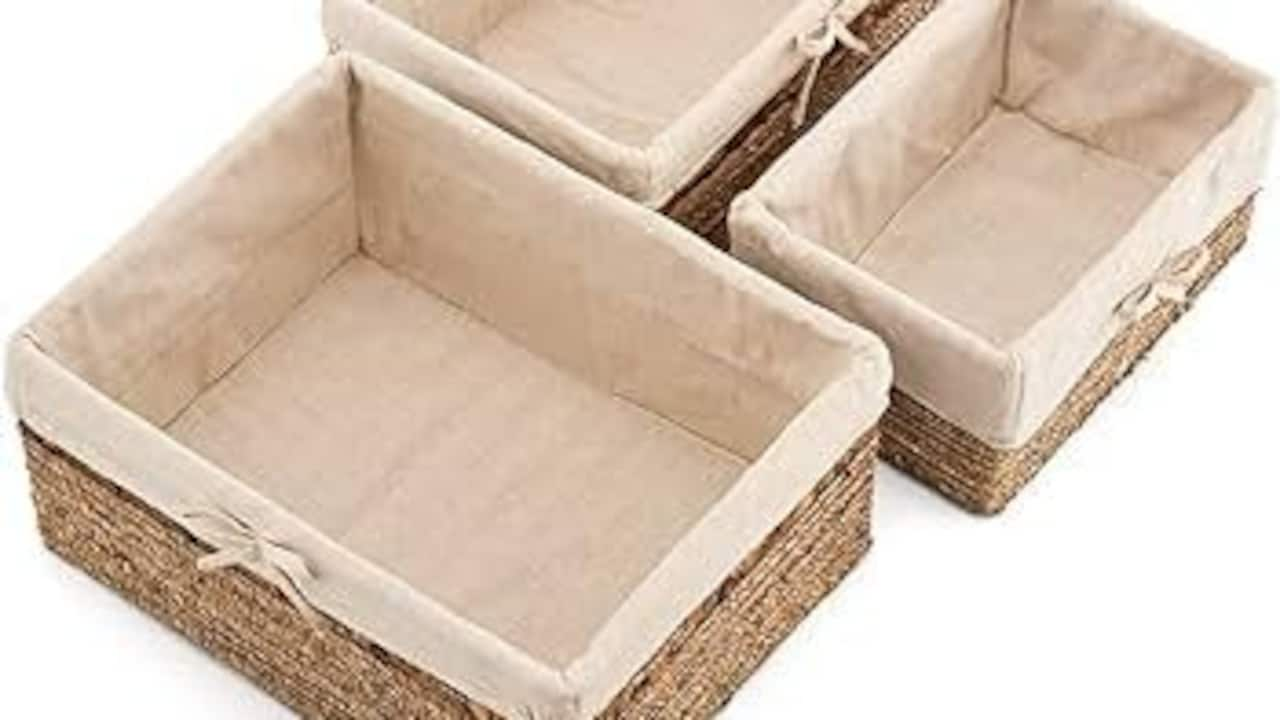
Wardrobe Organisation Tips For Shared Closets: Learn To Maximise Storage; Photo Credit: Pexels
Practical And Creative Ways To Share Your Wardrobe Without The Chaos
1. Start With a Joint Declutter Session
Before rearranging shelves or buying new organisers, start with the golden rule: declutter together. This step sets the tone for how you'll share the space. Pull out every piece of clothing, shoe, and accessory. Yes, everything. It might look like a hurricane hit the room, but it's worth it.
Sort items into three piles: keep, donate, and discard. Be honest about what's truly worn and what's just taking up space. Those faded T-shirts from college or the jeans that haven't fit for three years, they can finally go. Once done, assess the total volume of clothing and accessories that both of you own.
Decluttering as a team encourages transparency and mutual respect. It also prevents future disagreements about space. As a bonus, donate wearable clothes to a charity; it feels good and clears mental clutter, too. After all, a lighter wardrobe means a lighter mind.
2. Divide the Space Fairly
After decluttering, the next big step is fairness. A shared wardrobe must reflect balance. Divide the space in a way that suits both users' needs, not just a 50-50 split, but one based on practicality.
For example, if one person has more workwear while the other has more casual outfits, allocate sections accordingly. Hanging space for one, more shelving for the other. Communication is key here; no one wants to open the cupboard to find their neatly folded kurtas crushed under someone else's pile of jeans.
Label drawers or shelves to avoid confusion. Small tags, chalkboard labels, or even coloured baskets can make it easier to remember whose side is whose. It's like drawing invisible borders; peaceful coexistence starts with respecting each other's corners.
Also Read: Maximise Your Space Like A Pro: Top 7 Organisational Finds You Need For Tiny Apartments
3. Invest in Smart Storage Solutions
Wardrobe space often falls short, but smart organisers can stretch it beautifully. Hanging organisers, pull-out baskets, stackable boxes, and under-shelf drawers are lifesavers. Use slim, non-slip hangers to free up room; those bulky wooden ones, while aesthetic, eat up precious inches.
Storage bins are great for seasonal clothes. For example, winter wear can be tucked away in vacuum bags during summer. Clear boxes help you see what's inside without rummaging, saving both time and energy on busy mornings.
Hooks and wall-mounted racks are another gem. Use them for scarves, ties, or belts. If you're on a budget, affordable options from local stores or online marketplaces work wonders. A small investment of ₹1,000-₹2,000 can double your space. Think of it as giving your wardrobe a clever little brain.
4. Make Vertical Space Work Harder
When sharing a closet, the only way is up, literally. Most wardrobes waste vertical space, leaving the top shelves underused. Stack storage boxes or add an extra rod to hang shorter items like shirts or skirts.
You can even use hanging shelves made of fabric or plastic for folded items such as T-shirts, gym wear, or bags. Shoe racks can also hang over the door, freeing up floor space. For accessories, small wall-mounted grids or pegboards work wonders, perfect for jewellery, watches, or ties.
Maximising height is like discovering a secret floor in your cupboard. It not only gives more storage but also makes things look neat and balanced. Just make sure heavier items stay on lower shelves; no one wants a box of sweaters falling on their head during a morning rush.

Wardrobe Organisation Tips For Shared Closets: Learn To Maximise Storage; Photo Credit: Pexels
5. Colour Code and Categorise
Colour coding isn't just pleasing to the eye; it's practical. Arranging clothes by colour and type saves time and adds visual calm. Imagine opening the wardrobe to rows of blues, whites, and pastels lined up neatly; it's almost therapeutic.
Divide by category too: workwear, ethnic, casual, and party outfits. This makes it easy to pick clothes based on the day's mood or occasion. Use small dividers between sections if needed.
This system reduces the chance of overlap; you'll immediately spot if your partner's black shirt has mysteriously wandered into your section. Plus, it's Instagram-worthy without even trying.
6. Share, But Set Boundaries
Sharing a wardrobe doesn't mean sharing everything. It's important to set boundaries early on. Agree on which items are okay to borrow and which are off-limits. Nothing strains harmony faster than discovering your favourite kurta worn (and not washed) after a night out.
Respecting personal belongings helps maintain peace and trust. Create small, separate drawers for accessories or undergarments. Shared doesn't have to mean mixed-up.
At the same time, occasional sharing can be fun, borrowing a jacket or dupatta adds variety to your look without spending extra. The trick is to communicate, not assume.
7. Keep Everyday Essentials Within Reach
Not everything needs to be buried deep in the wardrobe. Everyday wear, like office clothes, uniforms, or daily footwear, should be easily accessible. Place them at eye level or within arm's reach.
Seasonal or occasional outfits can go on higher shelves. Label boxes to avoid confusion: “winter wear,” “festive outfits,” “work bags,” and so on. A few clear plastic baskets can make a world of difference.
Keeping the wardrobe user-friendly also prevents early-morning chaos. It saves time, avoids mess, and keeps both users calm. Remember, convenience isn't luxury, it's smart planning.
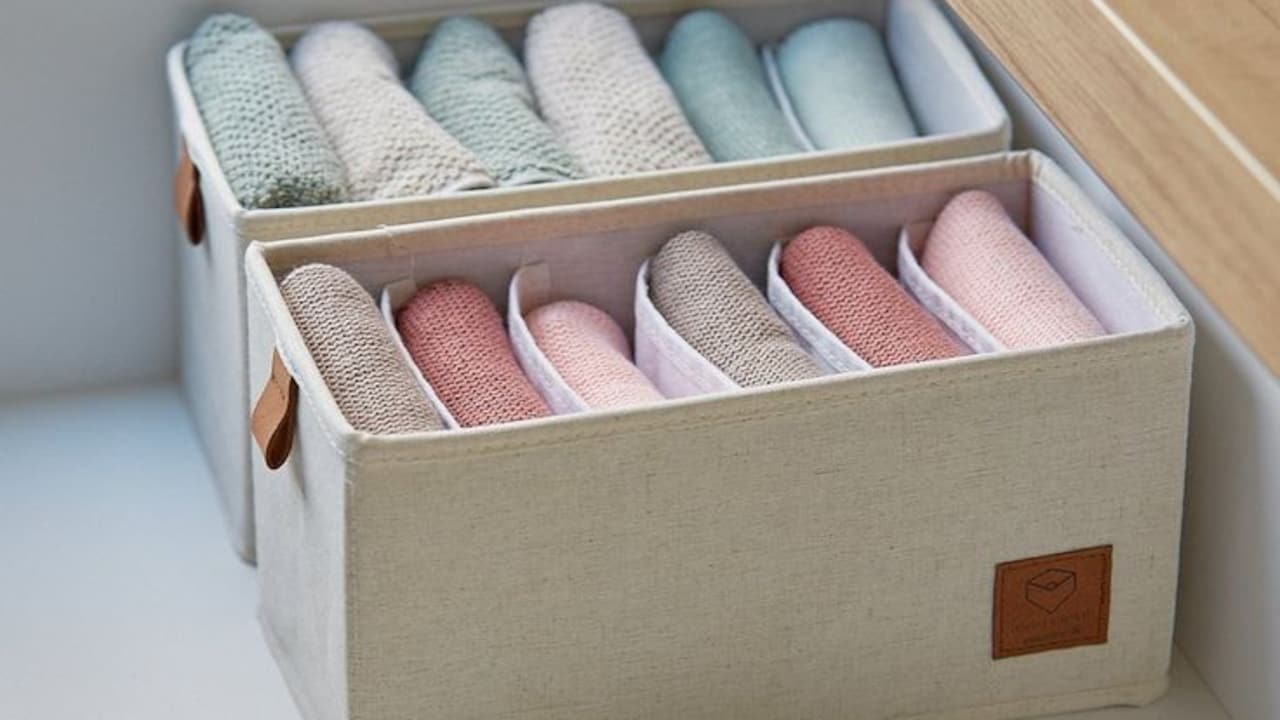
Wardrobe Organisation Tips For Shared Closets: Learn To Maximise Storage; Photo Credit: Pexels
8. Rotate and Refresh Regularly
A shared wardrobe works best when it's reviewed every few months. Plan a short wardrobe refresh session every season. Swap out unused clothes, clean shelves, and make small adjustments.
This habit ensures both of you stay aligned on how space is being used. It also keeps your wardrobe from slipping back into chaos. Plus, it's a great opportunity to rediscover forgotten pieces, that long-lost stole or pair of heels hiding at the back might suddenly feel new again.
A monthly check doesn't take long, but it makes a big difference in maintaining order. Treat it like a quick tune-up for your cupboard.
9. Personalise Your Side
A shared space can still reflect individual personalities. Add subtle touches that define your side, maybe a sachet of lavender for fragrance, a small mirror inside the door, or a favourite quote pinned on your shelf.
Using matching organisers can make the overall look cohesive, while small differences keep it personal. Choose hangers or storage boxes in shades you both like; neutral tones usually work best.
A touch of personality adds warmth and makes the wardrobe feel less mechanical. It becomes a space that reflects shared living without losing individuality.
10. Maintain a ‘One-In, One-Out' Rule
This final rule is a lifesaver for keeping clutter under control. For every new piece that enters the wardrobe, remove one old item. Bought a new kurta? Retire the one you haven't worn in a year.
It's a simple but powerful habit that prevents overflowing shelves. Over time, it teaches mindful consumption, buying what's needed, not what's tempting. This is especially handy in smaller homes where space comes at a premium.
When both users follow this rule, the wardrobe stays balanced, breathable, and organised. It's like a quiet agreement that keeps peace not just in the cupboard but in the household too.
Products Related To This Article
1. FLYUP Plastic Foldable and Stackable Closet Drawer Organizer for Clothes
2. PalD Collapsible Fabric Storage Organizer with Handles Folding Baskets for Toys
3. whitekrafts Closet Organizer
4. DENFY Clothing Cloth Storage bag Fabric Wardrobe Organizer for Clothes Storage Box
5. KUBER INDUSTRIES Wardrobe Organizer Nylon Wardrobe Clothes Organizer
6. KUBER INDUSTRIES Shelf Organizers
7. Lootwagon Storage Boxes 66l Cloth Storage Box for Wardrobe Cloth Saree Towel Blanket Foldable Organiser
A shared wardrobe doesn't have to be a battlefield. With a little planning, honesty, and creativity, it can turn into a harmonious, well-organised space that reflects teamwork. The trick lies in understanding each other's habits and respecting boundaries, while making the most of every inch available.
From decluttering and dividing fairly to adding smart storage and personal flair, every step contributes to balance and ease. When done right, opening your wardrobe each morning feels less like a chore and more like a moment of calm. After all, a tidy space sets the tone for a tidy mind, and in shared living, that's the real luxury.











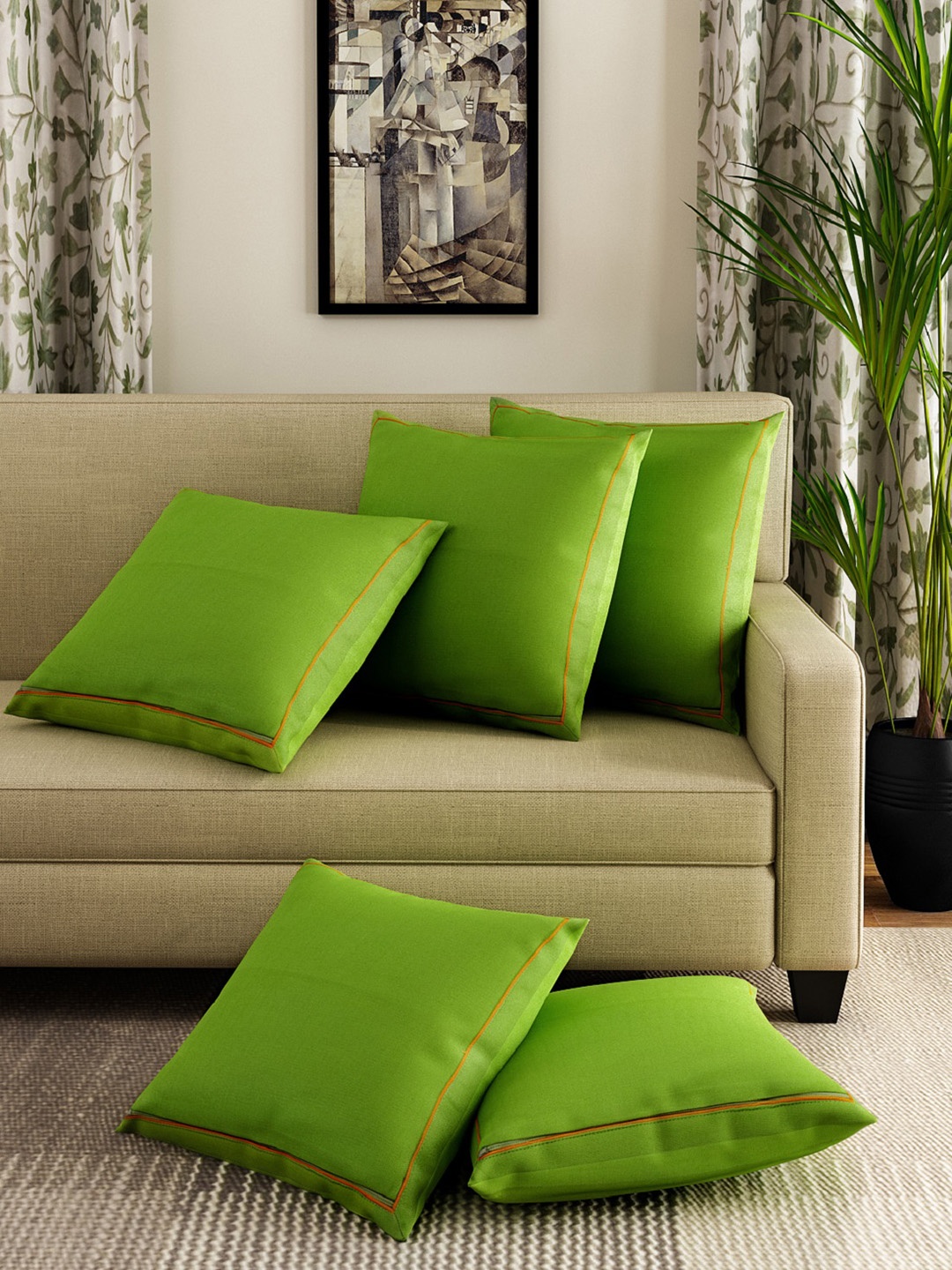

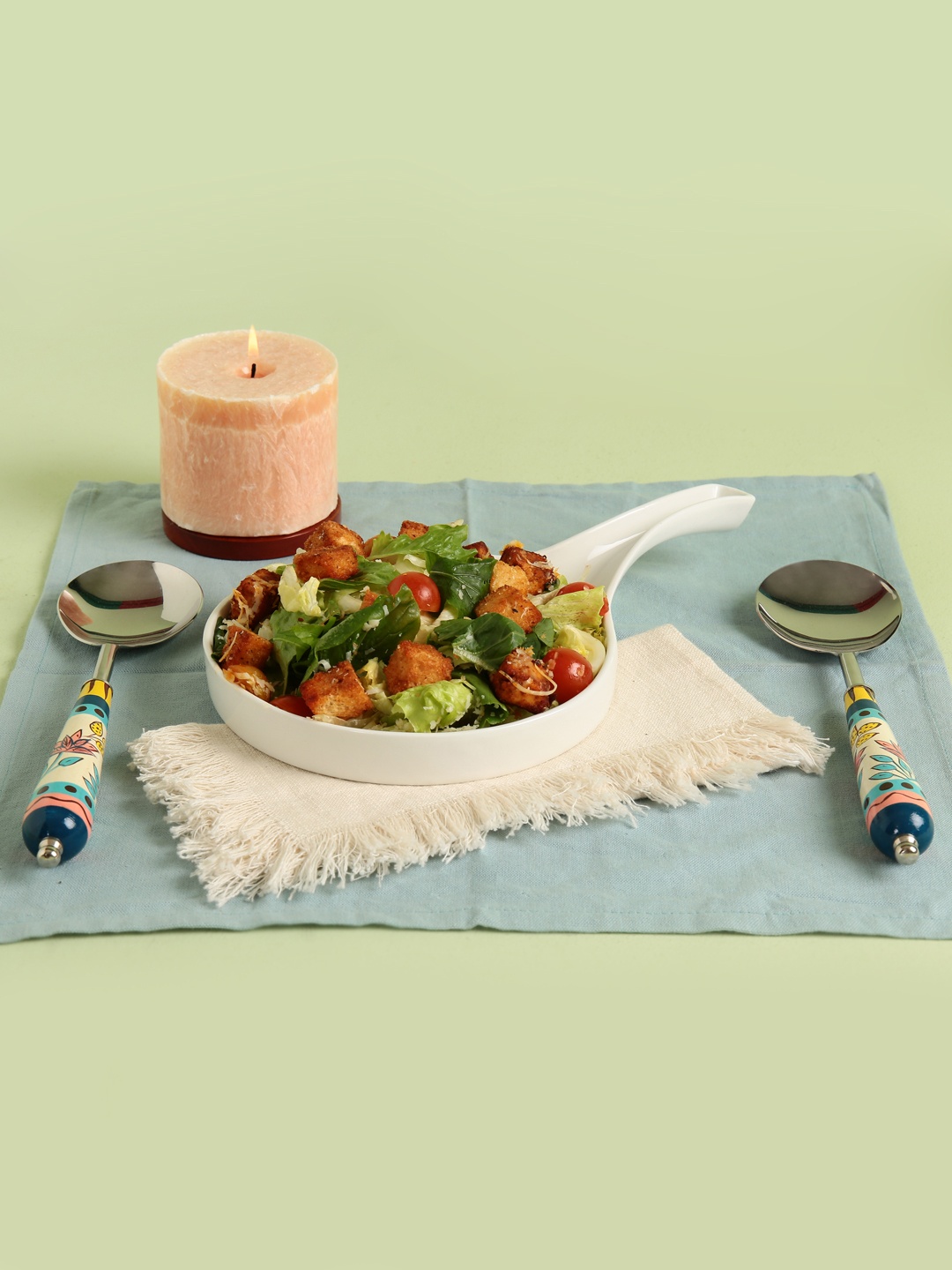
![Steam Iron Teflon Shoe Cover for ES-300,ST-96 [Only For ES-300 and ST-96 Model Electric Steam Irons]](https://m.media-amazon.com/images/I/51wwkttondL._SL160_.jpg)
